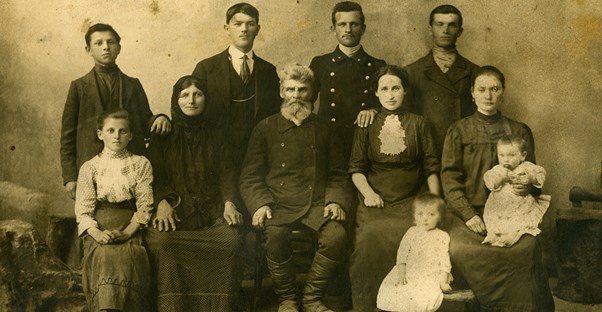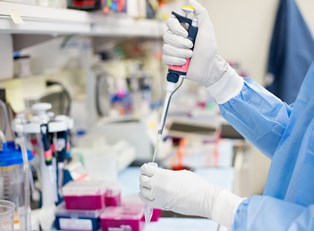Before the rise of genetic testing, exploring your family tree typically meant pouring over pages of historical documents in the hopes of finding the right name in the right place. However, the process has now been revolutionized and can provide you with more detailed and accurate information than ever before. Here is a look at just how genetic testing can connect you with your ancestors and help you explore the branches of your family tree.
Reasons for Genetic Testing
When it comes to exploring genealogy, there are several reasons why people use genetic testing—including both personal and academic pursuits.
When used by individuals, genetic testing is most commonly a means for connecting with their past. It’s common for people to be unaware of their ancestors past their grandparents or great-grandparents, and genetic testing is a great way to delve even deeper into their family history. DNA testing can provide a startlingly large amount of information about someone’s family tree—including linking them to specific individuals in the past and determining the ethnicity of those ancestors. Due to the popularity of genetic tests like these, large databases of genetic information have been able to be compiled, and this has led to a number of television specials where celebrities, such as Sarah Jessica Parker and Lionel Ritchie, have traced their own ancestry via their DNA.
However, genetic testing is not simply confined to used by individuals—there are many academic applications for it as well. Using DNA for genealogical reasons can paint a surprisingly accurate picture of human migration patterns from thousands of years ago. In fact, an organization known as the Genographic Project has collected DNA samples from more than 600,000 people worldwide in an effort to create a complete picture of these migration patterns since the project's launch in 2005.
Thanks to their work and the work of others like them, researchers have been able to determine when the first humans arrived in North America (between 20,000 and 40,000 years ago) and what geographic paths their civilizations took. Obviously information like this is extremely important for anthropologists studying some of humanity’s earliest civilizations, and in fact, genetic testing has become an established discipline within the field—archaeogenetics.
Benefits of Genetic Testing
The biggest benefit of genetic testing over other forms of genealogical research is its accuracy. Historical records, like birth and death certificates or travel logs, that are commonly used to trace ancestry may contain errors and can be destroyed or lost entirely. However, a person’s genetic makeup cannot be forged, falsified or lost—making it, in some ways, a much more reliable account of history.
Controversies Surrounding Genetic Testing
There are two primary controversies that surround genetic testing—both individually and on a large scale. The first has to do with the amount of information gathered from tests like these and how it is handled. Thanks to the popularity of these tests, large databases full of genetic information have been compiled, and there is some fear that this information amounts to an invasion of privacy if it used maliciously. To date, no large-scale breaches of these databases have been accomplished, but the risk of this information being used inappropriately still remains.
Additionally, some organizations representing Indigenous people have objected to collection of genetic material from Native Americans for the purposes of archaeogenetics. They argue that these databases amount to “biocolonialism” that threatens the preservation of Indigenous cultures and their narratives about the creation of humanity. These groups are especially opposed to the Genographic Project since it is a private enterprise with no governmental oversight and cannot provide any tangible benefit to indigenous people who participate.




